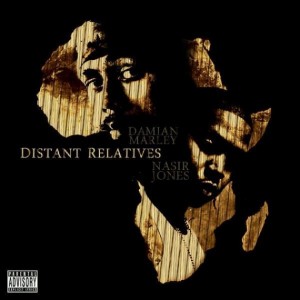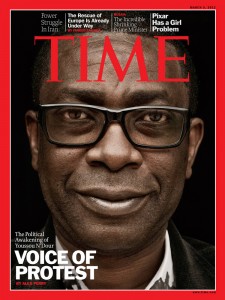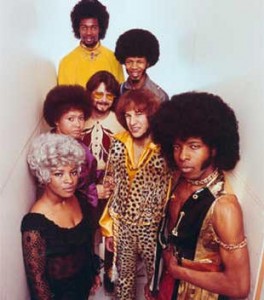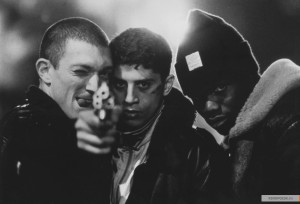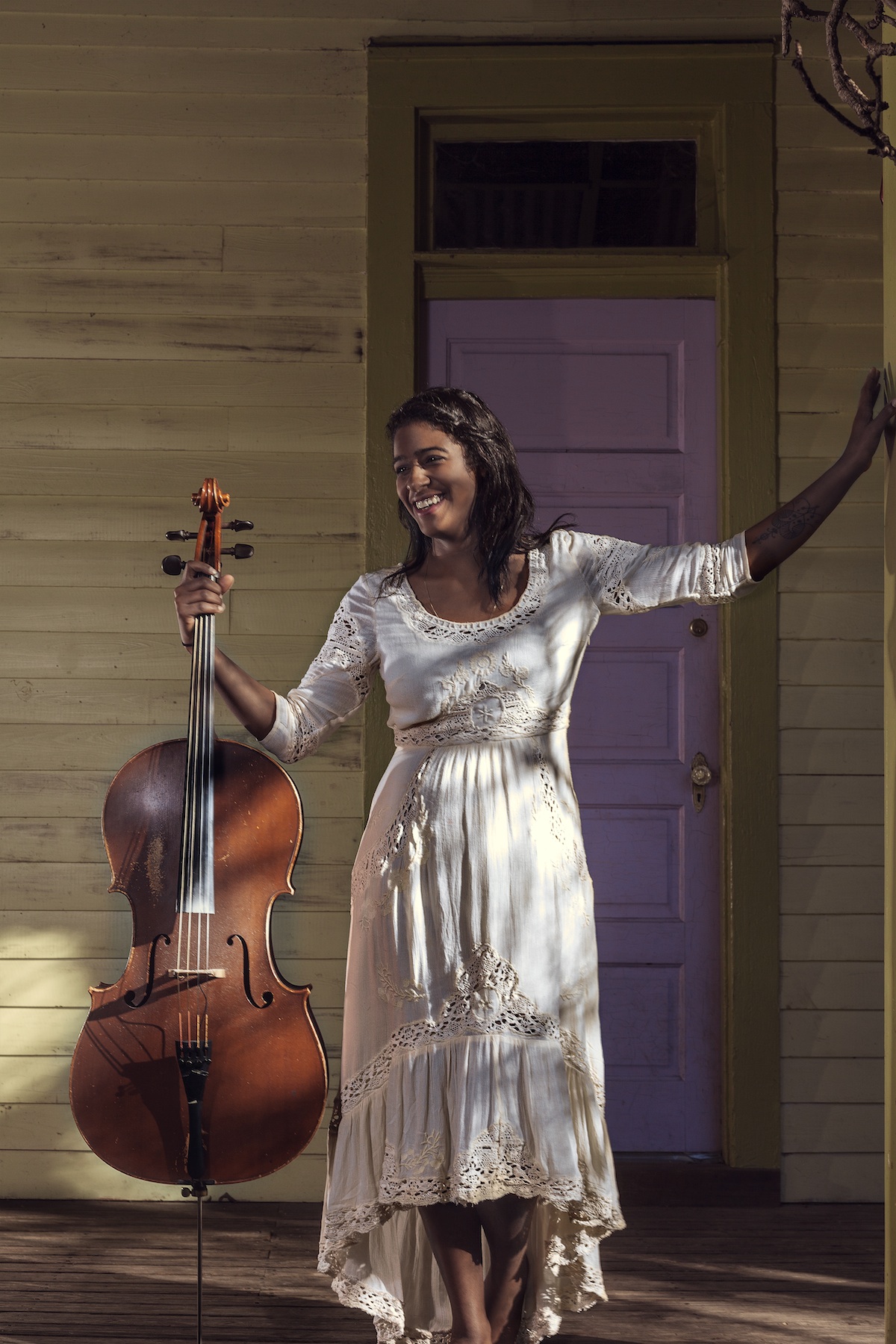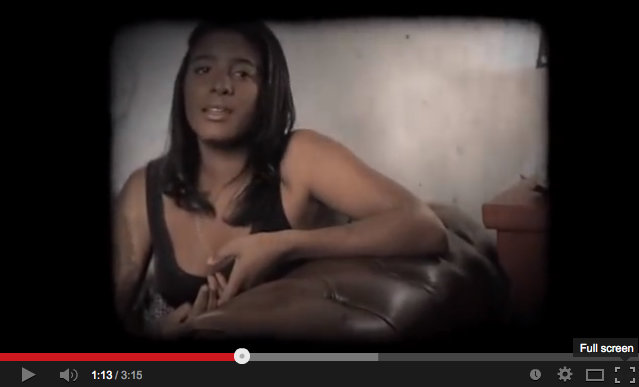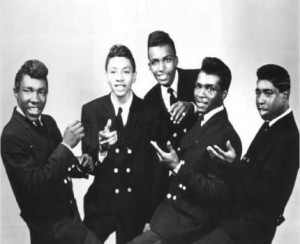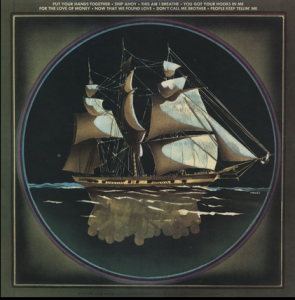By Alisha Hines
The problems of representation, authenticity, and legitimacy have always posed challenges for the producers and consumers of black culture and continue to do so. For example, Gilroy’s discussion of the disagreement between W.E.B. Du Bois and Zora Neale Hurston over the ‘authenticity’ of the Fisk Jubilee Singers is neither surprising nor unfamiliar if one considers the persistent and ongoing discourse around hip hop artists’ authenticity and legitimacy as practitioners of the art from. I would argue that this has even been institutionalized in the form of free-style battles and the sub-genre of diss-records. The dismay over contemporary black culture, though, seems to be the result of an unprecedented and widespread crisis of profitable mis-representation, illegitimacy, and inauthenticity.
It is important, though, to try to historicize these conflicts by trying to access the prevailing and dominant ethos in operation as a standard of authenticity. There are arguably many ways to arrive at a series of elements that seem to govern who gets to claim legitimacy in the hip-hop world. Yet, we would quickly run into the problematics Gilroy set forth. Legitimate to whom? And who are these terms modified in the complex global processes of production, distribution, and consumption?
If one looks closely at contemporary hip-hop music, it is apparent that Gilroy is right—the terms that define a black Atlantic diasporic cultural community has become increasingly problematic for “scholarly contemplation” as a result of complex global patterns of production and consumption.
As a result, one course to pursue these questions would be to reconsider those enduring tropes, such as the Black Atlantic as a historical or ancestral legacy. a viable basis for a contemporary political argument deployed via black musicians through musical production?
The guiding question of our exploration of the black Atlantic is what does the black Atlantic sound like? Hopefully my contributions will help illuminate the “syncretic complexity of black expressive culture” by examining the variations in the meaning of the black Atlantic depicted through sound and lyricism by black American artists.
In 1998, Hype Williams released the movie Belly, in which Nasir Jones, premier rap/hip hop artist, starred as Sincere—an enlightened street criminal who fosters dreams of moving with girlfriend and newborn to Africa. The audience learns that he realized this goal by the end as the movie closes with Sincere describing the peace, contentment, and harmony he had found there. In 2010, Nas and Damien Marley released the album Distant Relatives. Themes and imagery of Africa abound in its lyrics and musical arrangement. Although slightly less vague and indistinct as representations of Africa in the movie Belly, I’d like to consider here how exactly Nas and Damien Marley have conceived of Africa and the black Atlantic more broadly in this collaborative album. Many themes I have discussed converge with the production of this album. Although Nas has not reached the heights of fame and wealth of Jay Z, the two artists are highly comparable as they share a decades long history of conflict/collaboration. Nas is considered by many one of the greatest [if not the greatest] lyricists of all time. His accolades are endless; he is currently celebrating the 20th anniversary of his landmark debut album Illmatic, and was honored by Harvard University with a fellowship in his name.
As mentioned earlier, in the past few years Nas has openly criticized the state and quality of contemporary hip hop music. Teaming up with Damien Marley, reggae artist and one of reggae legend Bob Marley’s children, to create an album of such content, then, seemed ripe material for my inquiry. The album debuted at No. 5 on the U.S. billboard chart and sold 57,000 copies in its first week. However, it didn’t receive nearly the attention any of Jay Z’s most recent albums have. I know, musical trends are seriously mysterious things, and Jay Z’s audience almost certainly spans beyond the “black Atlantic diaspora” as I am defining it here—a geographically widespread cultural community that shares or believes itself to share a distinctly traumatic racial past and present. Or to use Gilroy’s words, “those residually inherited from Africa, and those generated from the special bitterness of new world racial slavery.”[2] However, the questions still stand: Where does one locate and how does one define “authentic black culture?” More specifically, what exactly does the black Atlantic mean for these artists and how do they conceive of its functionality as a concept in their cultural production?
In the same vein as my previous essays, I want to consider just a few songs from the album in order to arrive at another set of political imaginaries for the black Atlantic and hopefully make some broader conclusions about contemporary black culture and the real and imagined history of the black Atlantic. During Nas and Marley’s interview with Tim Westwood, Nas describes the content of the album as “African history,” or more accurately, “world history.”
He claims that a major theme of the piece is telling stories that haven’t been told. Things that he and Marley know, and perhaps a certain faction of their audience may know, but that the rest of the world must be informed about. When asked about their connection to Africa as African-American and Jamaican, Marley interjects with the insight that what is more important is that “we are all human.” The point of the album for Marley, the point of relaying African history, or constructing a narrative of the black Atlantic, is to demonstrate that that past constitutes an “all-inclusive” and equal human community. Nas adds that this narrative has an emancipatory effect in the sense that he believes they have captured through the album the political ideologies of those who have risen in protest throughout the world. In The Black Atlantic, Gilroy poses the critique that contemporary black cultural production is guilty of ignoring the very place in which it locates its origins; the “problems of contemporary Africa” are almost completely absent from its concerns. He goes on to argue that this is precisely the problem that results from the conceptualization of a diasporic cultural community: “the idea of a diaspora composed of communities that are both similar and different tends to disappear somewhere between the invocations of an African motherland and the powerful critical commentaries on the immediate, local conditions in which a particular performance of a piece of music originates.”[3]
While “Africa Must Wake Up” is explicitly concerned with conditions on the African continent, conditions of poverty and disease, civil war, it is a message of uplift and empowerment directed at inhabitants of Africa.
“African Must Wake Up”
[Intro: Jr. Gong]
Morning to you man
Morning to you love
Hey, I say I say
[Chorus 2x]
Africa must wake up
The sleeping sons of Jacob
For what tomorrow may bring
May a better day come
Yesterday we were Kings
Can you tell me young ones
Who are we today
[Nas: Verse 1]
The black oasis
Ancient Africa the sacred
Awaken the sleeping giant
Science, Art is your creation
I dreamt that we could visit Old Kemet
Your history is too complex and rigid
For some western critics
They want the whole subject diminished
But Africa’s the origin of all the world’s religions
We praised bridges that carried us over
The battle front of Sudanic soldiers
The task put before us
[Chorus 2x]
[Nas: Verse 2]
Who are we today?
The slums, diseases, AIDS
We need all that to fade
We cannot be afraid
So who are we today?
We are the morning after
The make shift youth
The slave ship captured
Our Diaspora, is the final chapter
The ancestral lineage built pyramids
Americas first immigrant
The Kings sons and daughters from Nile waters
The first architect, the first philosophers, astronomers
The first prophets and doctors was
[Bridge: Jr.Gong]
Now can we all pray
Each in his own way
Teaching and Learning
And we can work it out
We’ll have a warm bed
We’ll have some warm bread
And shelter from the storm dread
And we can work it out
Mother Nature feeds all
In famine and drought
Tell those selfish in ways
Not to share us out
What’s a tree without root
Lion without tooth
A lie without truth
you hear me out
[Chorus]
Africa must wake up
The sleeping sons of Jacob
For what tomorrow may bring
May a better day come
Yesterday we were Kings
Can you tell me young ones
Who are we today
Ye lord
Africa must wake up
The sleeping sons of Jacob
For what tomorrow may bring
May some more love come
Yesterday we were Kings
I’ll tell you young blood
This world is yours today
[K’naan]
[Somali] Dadyahow daali waayey, nabada diideen
Oo ninkii doortay dinta, waadinka dillee
Oo dal markii ladhiso, waadinka dunshee
Oo daacad ninkii damcay, waadinka dooxee
Dadyahow daali waayey, nabada diideen
Oo ninkii doortay dinta, waadinka dillee
Oo dal markii ladhiso, waadinka dunshee
Oo daacad ninkii damcay, waadinka dooxee
(translation)
Oh ye people restless in the refusal of peace
and when a man chooses religion, aren’t you the one’s to kill him?
and when a country is built, aren’t you the one’s to tear it down?
and when one attempts to tell the truth, aren’t you the one’s to cut him down?
Who are we today?
Morning to you
Morning to you man
Morning to you love
“Land of Promise” carries a similar tone of empowerment but a very different set of images. The song begins with a striking juxtaposition of African countries to major cities in the United States. Nas elaborates on this theme in the second verse by deploying familiar tropes of a royal African past (“Imagine a contraption that could take us back when the world was run by black men”), and considers what a restoration of that status in the contemporary world would look like. A 21st century African-descended royalty would be marked by access to finer things. In this way, the U.S. is posed, relatively uncritically, as distinct from the downtrodden black Atlantic world and is representative of something to be aspired toward by the people of Africa.
“Land of Promise”
Imagine Ghana like California with Sunset Boulevard
Johannesburg would be Miami
Somalia like New York
With the most pretty light
The nuffest pretty car
Ever New Year the African Times Square lock-off
Imagine Lagos like Las Vegas
The Ballers dem a Ball
Angola like Atlanta
A pure plane take off
Bush Gardens inna Mali
Chicago inna Chad
Magic Kingdom inna Egypt
Philadelphia like Sudan
The Congo like Colorado
Fort Knox inna Gabon
People living in Morocco like the state of Oregon
Algeria warmer than Arizona bring your sun lotion
Early morning class of Yoga on the beach in Senegal
Ethiopia the capitol of fi di Congression
A deh so I belong
A deh di The King come from
I can see us all in limos
Jaguars and B’mos
[Dennis Brown]
Riding on the King’s Highway
[Nas]
Promised Land I picture Porsches
Basquiat Portraits
Pinky Rings realistic princesses
Heiresses bunch a Kings and Queens
Plus I picture fortunes for kids out in Port-Au-Prince
Powerless they not allowed to fit
But not about to slip
Vision Promised Land with fashion like
Madison Ave Manhattan
Saks 5th Ave and
Rodeo
Relaxing popping labels
Promise Land no fables
This where the truth’s told
Use them two holes
Above your nose
To see the proof yo!
Imagine a contraption that could take us back when
The world was run by black men
Back to the future
Anything can happen
If these are the last days
And 100-food waves come crashing down
I get some hash and pounds
Pass around the bud then watch the flood
Can’t stop apocalypse
My synopsis is catastrophic
If satellites is causing earthquakes
Will we survive it
Honestly man it’s the sign of the times
And the times at hand
[Dennis Brown]
There’s alot of work to be done, O gosh
In the Promised Land
Both songs demonstrate that the directionality of the album is eastward across the Atlantic Ocean. Unlike much of Nas’s work, poverty, drugs, violence and disparity in urban America aren’t extensively critiqued or even referenced. The artists’ conceptualization of “distant relatives,” per their comments about the content of the album, boasts an expansive and all-inclusive audience. Yet the messages offered in the lyrical content are heavily directed toward poorer African locales and especially those suffering from unrest. Although the past, namely “ancient” African history and the experience of the middle passage, is believed by the artists to be shared vastly among world’s human community, the contemporary black Atlantic diasporic experience is quite uneven. This problematic is illustrative of one of Gilroy’s conclusions in The Black Atlantic. He stated, “the globalization of vernacular forms means that our understanding of antiphony will have to change…the calls and responses converge in the tidy patterns of secret, ethnically coded dialogue…the original call is becoming harder to locate.”[4]
Follow the link to learn more about how the Black Atlantic is musically represented through the album Distant Relatives.
For full track listing: https://itunes.apple.com/us/album/distant-relatives-bonus-track/id370698837
To cite this article: http://sites.duke.edu/blackatlantic/2014/05/04/distant-relatives-antiphony-and-the-original-call/
> Exploring the Black Atlantic Through Sound
> The Political Imaginaries of Black Atlantic Cultural Creation
[2] Gilroy, Paul. The Black Atlantic: Modernity and Double Consciousness. Cambridge, Mass: Harvard University Press, 1993. 81.
[3] Ibid., 87.
[4] Ibid., 110.


